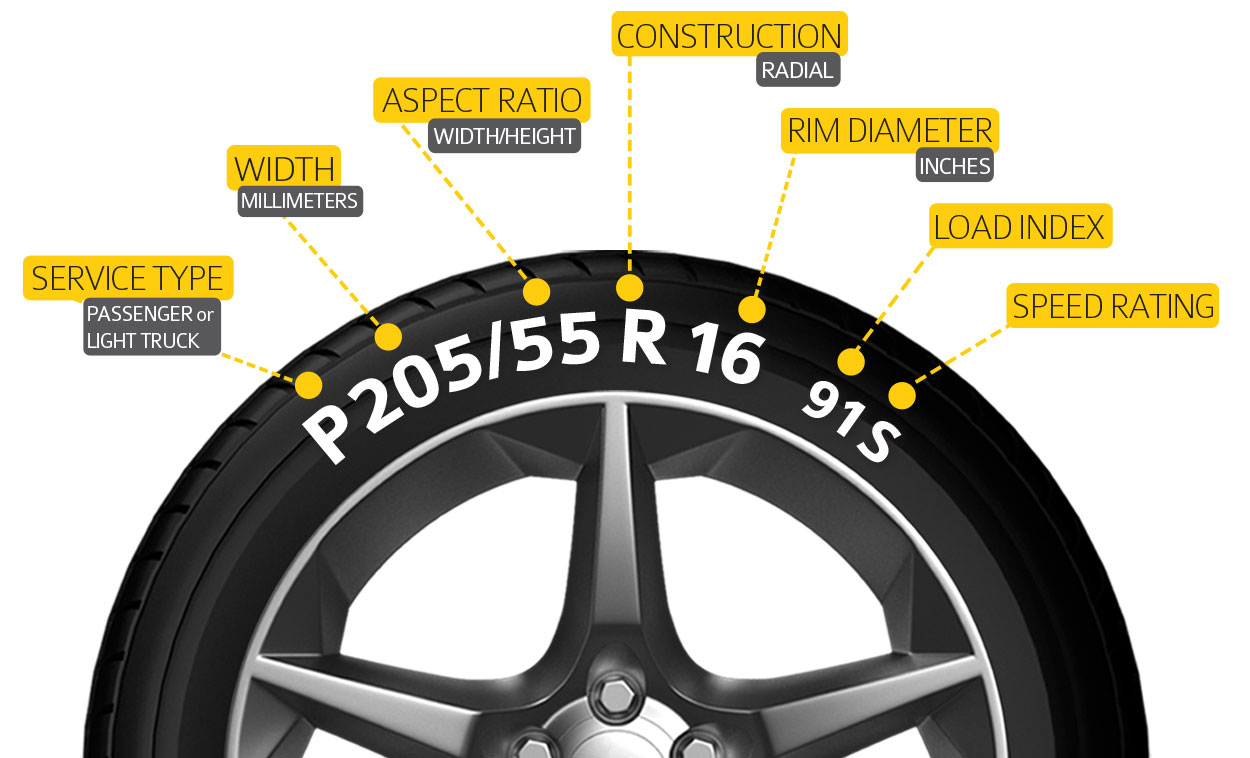
Ensuring your vehicle has the right tires and rims is fundamental for safe and efficient driving. It's more than just aesthetics; correct measurements impact handling, fuel economy, and overall performance. This guide simplifies the process of determining your tire and rim sizes, empowering you to make informed decisions for your vehicle.
Understanding the dimensions of your tires and rims might seem like a technical detail, yet it's a crucial aspect of vehicle maintenance. Choosing incorrectly sized tires can lead to a variety of issues, from speedometer inaccuracies to potential safety hazards. This guide will break down the process into easy-to-follow steps, demystifying the numbers and letters that define tire and rim sizes.
The practice of standardizing tire and rim sizes evolved alongside the automotive industry. Early tires were rudimentary, and sizing was inconsistent. As vehicles became more sophisticated, the need for standardized measurements became apparent. This evolution led to the system we use today, allowing for interchangeability and ensuring proper fitment across different vehicle makes and models.
Measuring your tires and rims is about more than just knowing the numbers. It’s about understanding how those measurements translate to real-world performance. Properly sized tires ensure optimal contact with the road, affecting braking distance, cornering ability, and overall vehicle stability. Accurate rim measurements are crucial for proper tire seating and prevent issues like bead leaks or tire blowouts.
One of the most common issues encountered when dealing with tires and rims is misinterpretation of the size markings. The combination of letters and numbers can appear confusing, leading to incorrect purchases. This guide aims to clarify these markings, explaining what each element represents and how to decipher the code to determine the correct size for your vehicle.
Tire size is typically expressed as a series of numbers and letters, like "205/55R16." The first number (205) represents the tire width in millimeters. The second number (55) is the aspect ratio, representing the tire's sidewall height as a percentage of its width. The letter "R" indicates radial construction, and the final number (16) is the rim diameter in inches.
Rim size is also indicated by a series of numbers and letters. A common example is "16x7," where 16 represents the diameter in inches and 7 represents the width in inches.
A simple example: If your tire size is 205/55R16, you need a rim with a 16-inch diameter. The 205mm width and 55 aspect ratio will determine the overall tire dimensions, but the rim diameter must match the number indicated in the tire size.
Benefit 1: Enhanced Safety: Correctly sized tires and rims contribute to better vehicle control and stability, reducing the risk of accidents.
Benefit 2: Improved Fuel Efficiency: Properly inflated tires with the correct dimensions minimize rolling resistance, leading to better fuel economy.
Benefit 3: Optimal Vehicle Performance: Matching tire and rim sizes to your vehicle’s specifications ensures optimal handling, braking, and acceleration.
To measure your tires, use a tape measure to determine the width, sidewall height, and overall diameter. For rims, measure the diameter and width. Compare your measurements to the markings on the sidewall of the tire and the back of the rim to confirm the sizes.
Advantages and Disadvantages of Accurate Tire & Rim Measurement
| Advantages | Disadvantages |
|---|---|
| Improved Safety | Requires some time and effort |
| Enhanced Performance | Potential for measurement errors if not careful |
| Better Fuel Economy |
Best Practice 1: Always consult your vehicle’s owner’s manual for recommended tire and rim sizes.
Best Practice 2: Use a reliable tire size calculator to determine appropriate sizes for different rim widths.
FAQ 1: How often should I check my tire pressure? Answer: Check your tire pressure at least once a month.
FAQ 2: What is the difference between radial and bias-ply tires? Answer: Radial tires have plies running perpendicular to the tread, while bias-ply tires have plies running diagonally.
Tip: When measuring your tires, ensure they are properly inflated to the recommended pressure.
In conclusion, understanding how to measure tires and rims is essential for every vehicle owner. Accurate measurements contribute to safety, performance, and fuel efficiency. While the process may seem complex at first, following the steps outlined in this guide empowers you to make informed decisions about your vehicle’s tires and rims. By taking the time to learn these fundamental measurements, you're investing in a smoother, safer, and more efficient driving experience. Don’t underestimate the impact of correctly sized tires and rims; they are crucial components that connect your vehicle to the road and significantly influence its overall performance and safety. Start measuring today and ensure your vehicle is equipped for optimal performance and safety on the road.
Decoding supplemental insurance plan f expenses
Unlock your potential sime darby berhad internship guide
Unlocking color harmony with behr paint









